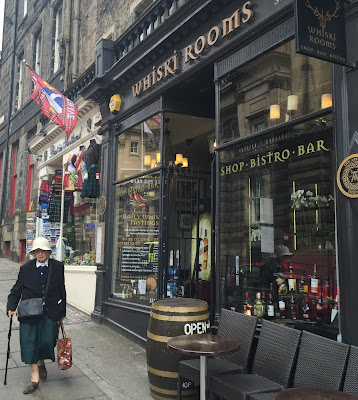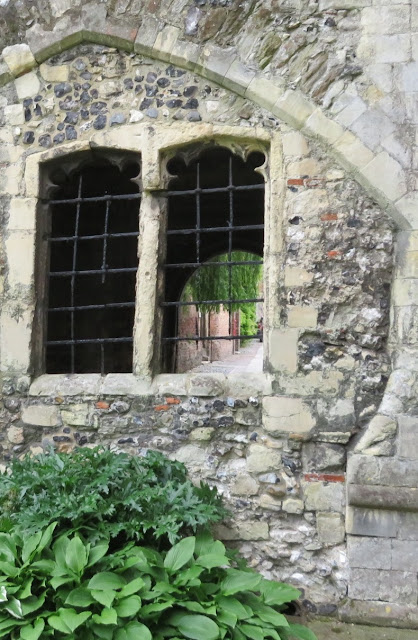 |
| A whisky tasting is an experience in Scotland |
 |
| My story in today's Journal Record |
"Sure," said Editor Ted Streuli, when he learned we were going to Scotland. "Report on the business of scotch"
So in our trip to the UK, Susan and I had to experience Edinburgh, and I made sure to investigate Scotch whisky. That meant multiple "interviews" of the subject--because a "one source" story is shallow.
(Note--AP style--scotch is capitalized only when preceding "whisky." "Whisky" is the spelling in Scotland--elsewhere it's spelled "whiskey" if produced elsewhere.)
 |
| Alan Rogerson in Edinburgh |
So today, my story appeared in the Journal Record. Ah, the power of a byline, it tastes almost as good as...well, maybe not.
 |
| Whisky stores are everywhere in Scotland |
For perspective, there are more than 100 whisky distilleries in Scotland, which in land area is smaller than Maine. The next largest number of whiskey distilleries is in the U.S. with 15.
In the meantime, here are some of the photos I took.
 |
| Your investigative reporter at work |




































